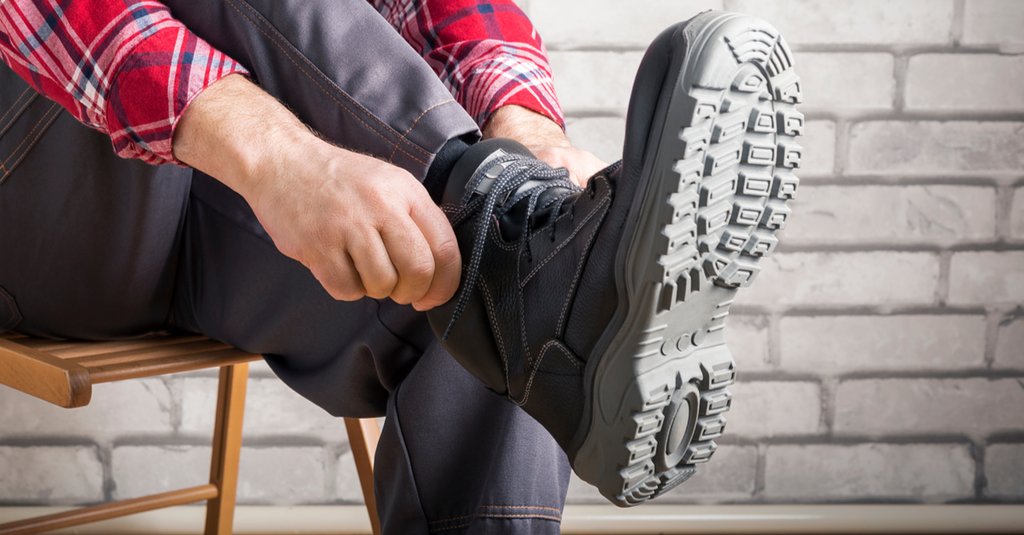No Products in the Cart
Reducing the risk of strain: why Midsoles matter

On-the-job comfort helps workers be more productive and less prone to leg and back strain that can lead to workplace injury. And if they stand or walk a lot on the job, especially on concrete or hard surfaces, then the right support is essential. Did you know that 2 out of 3 workers will suffer foot problems during their work lifet? That's why comfort and support is essential.
Many people think comfort is derived from the material the safety shoe or work boot itself is made of, but it really comes down to the material in the Midsole. The Midsole is that layer between the shoe itself and the sole. It’s the “meat in the sandwich” in terms of safety footwear construction and it’s the material used in the Midsole that determines the level of comfort and the degree of stability that a shoe or boot provides.

The most commonly used Midsole materials are:
Blown Polyurethane (know as P.U.): lightweight & low-density material that can be injected in a liquid form directly (Direct Injection) onto the upper or into the soles. It provides excellent cushioning that does not tend to compress overtime. It is very flexible and oil/chemical resistant.
Ethyl Vinyl Acetate (E.V.A.): super lightweight, flexible material that absorbs pressure as you walk. It does tend to compress over time and is not particularly oil or chemical resistant so it’s not good for all jobs or industries, especially ones that include wet or oily environments.
At Mister Safety Shoes our objective is to provide businesses and workers with expert advice on the fit, comfort and protection of safety footwear in order to help create more productive and safe workplaces. Please contact our team if you have any questions about your company's safety footwear program at biz@mistersafetyshoes.com
